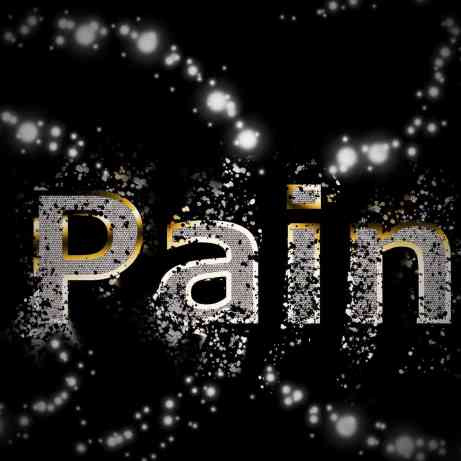Pain is the result of the activation of the nervous system that’s used by your body to tell you that there is something wrong to give you hints about the cause. There are two types of pain: acute and chronic. Acute pain is your body’s way of waving a red flag for immediate attention, often due to an injury. But chronic pain usually lasts for weeks, months, or years, and it impacts more than 76.2 million Americans — more than cancer, diabetes, and heart disease combined.
1. Back pain is the most common type of pain
According to a study done by the National Institutes of Health, 27 percent of Americans reported that low back pain was their most common type of pain, followed by headaches or migraines. More than 26 million people in the United States aged 20 to 64 suffer from back pain.
What's the best way to relieve chronic back pain? A combination of gentle, regular stretching and exercises, losing extra pounds, and maintaining a healthy body weight, can help you fight that annoying pain. If your backache doesn’t seem to go away even with these approaches, visit a pain management clinic and talk to a specialist who will find the proper treatment for you.
2. Regular exercise is the best way to alleviate osteoarthritis pain
Osteoarthritis is a kind of arthritis that stems from the cumulative wear and tear of joints. It produces constant pain. In fact, osteoarthritis has been discovered in human skeletons dating back to the Ice Age (before 8000 BC) and in x-ray investigations of Egyptian mummies. Despite the fact that osteoarthritis has been around for a long time, doctors are still baffled as to what causes it.
3. Women experience more pain than men
Women actually do experience more pain than men over their lifetimes due to conditions like menstruation, childbirth, and migraine headaches. Plus, medical experts have found that women might feel pain differently, often more intensely, than men do. For instance, some animal studies found that females need twice as much pain medication to achieve the same relief as males.
But there's conflicting research on whether women actually possess a higher tolerance for pain than men (though millions of women who have gone through childbirth might disagree).
4. Pain can be both physical and emotional
Pain, particularly chronic pain, not only impacts you physically. It's psychologically stressful and can contribute to emotions such as anger and frustration. Pain and stress can create a vicious circle: pain can raise your stress levels, while elevated levels of stress can exacerbate your pain. This can provoke depression and make it difficult to concentrate.
5. Gout is the disease of kings and…dinosaurs
This disease is called gout. It’s a painful type of arthritis that impacts nearly 3 million people every year, was once called the disease of kings as it was blamed on consuming too much foods and alcoholic beverages.
Gout — and the pain it produces — is now known to be caused by a buildup of a chemical called uric acid in the blood, which causes sharp crystals to grow inside the joints. The Tyrannosaurus rex, the king of dinosaurs, was one "king" who suffered from gout. Today, the dinosaur's relatives, including birds and all orders of reptiles, can also develop gout.
6. Your brain doesn’t feel pain
When you hit your arm or touch something hot, your body produces chemicals that send pain signals up through the spinal cord to the receptors in your brain. The brain then sends the pain message back down to the part of the body that hurts.
However, though it's the interpreter of pain, the brain itself doesn’t actually have pain-sensitive nerves. Only the structures that surround the brain feel pain. As a matter of fact, once inside the brain, surgeons can operate on the brain without anesthesia. In one technique called brain mapping, surgeons probe brain tissue while monitoring reactions such as muscle movement and speech — all while the patient is awake.






Comments